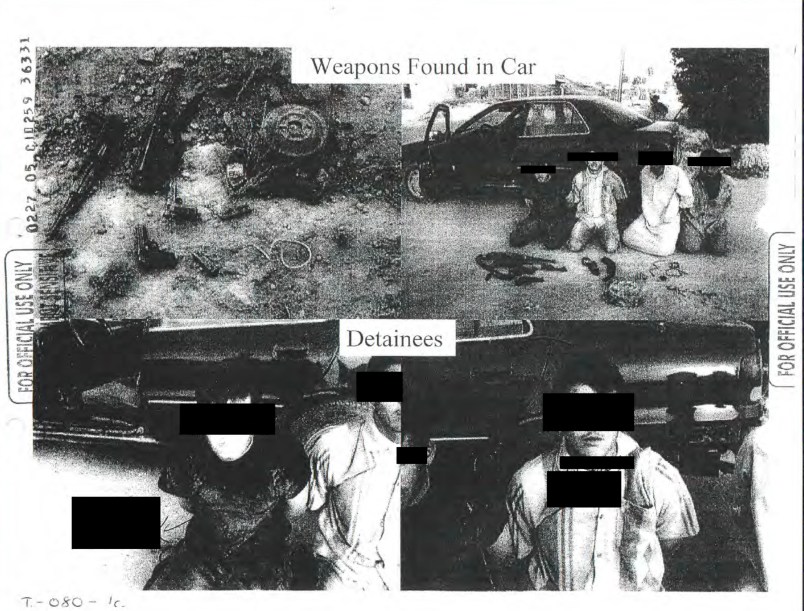WASHINGTON (AP) — Democratic lawmakers and rights groups criticized the Republican head of the Senate intelligence committee on Friday for seeking the return of copies of a report on CIA treatment of detainees after 9/11. The critics claimed Sen. Richard Burr of North Carolina, the committee chairman, is trying to “erase history” by making it harder for the public to ever see the classified document.
Burr said federal courts have ruled the report is a congressional document and asked for copies held by intelligence bodies and other executive branch agencies to be returned. If the report remained in the hands of executive branch officials, it would be subject to the Freedom of Information Act. Congressional materials are not.
The CIA and the agency’s inspector general’s office, as well as the national intelligence director’s office, have returned their copies. The FBI and the State, Justice and Defense departments also have copies of the 6,770-page report.
Sen. Dianne Feinstein of California, a former Democratic chairman of the committee, called Burr’s move “alarming and concerning.”
“This creates a dangerous precedent,” she said, warning that “countless historical reports and records” could be nullified under the same procedure. “No senator — chairman or not — has the authority to erase history. I believe that is the intent of the chairman.”
The so-called “torture report” has a long history.
The Senate intelligence committee spent years investigating the CIA’s detention and harsh interrogation techniques on suspected terrorists captured by the United States after the Sept. 11, 2001, attack. The techniques authorized by the Bush administration included waterboarding. Interrogations were conducted in clandestine prisons around the world that were not in the jurisdiction of U.S. courts or the military justice system.
In December 2014, the committee published a declassified summary of the report. The full report remained classified, but it was sent to several government agencies.
Democrats and Republicans fought bitterly over the contents.
In 2015, Burr asked government agencies under the Obama administration to send report copies back. They didn’t. The American Civil Liberties Union sued the CIA for the entire classified report, but hasn’t received it.
“After more than two years of litigation, the federal courts have ruled that the Senate intelligence committee’s 2014 full report on the CIA’s detention and interrogation program is a congressional document,” Burr said in a statement Friday. “I have directed my staff to retrieve copies of the congressional study that remain with the executive branch agencies and, as the committee does with all classified and compartmented information, will enact the necessary measures to protect the sensitive sources and methods contained within the report.”







Perhaps Burr may have this in mind.
If so, I don’t really understand why. After all, white people don’t get tried in The Hague.
Isn’t that cat out of the bag?
Maybe Burr is practicing for how he’ll deal with reports on donnie. Not that the GOP needs practice in this matter - they’ve been party before country for decades now.
I put the year at no later than 1994, with Newt Gingrich and the Contract on America. But you could argue it started with the election of Ronald Reagan in 1980 and the Iran hostage release just after noon on inauguration day in early 1981.
That should not be considered sarcasm, per one of the guards at the court there. BTW, they still have a room reserved for GWBush.